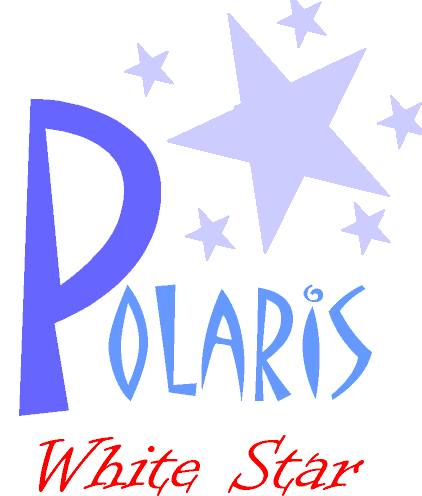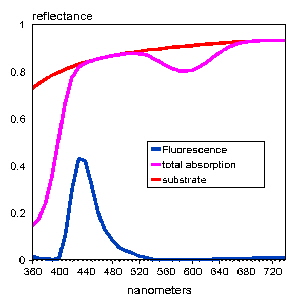 |
|||||
|
request a copy of full-functioning demo version on CD send email indicating name and address! |
|||||
|
About Polaris Polaris is the software operating with the new modified line of CM-3600
series of instruments from Minolta, especially modified for measuring white samples containing Fluorescent Whitening Agents (FWA). The software takes full advantage of the use of more than one flash-lamp with the
CM-3600 instruments to handle fluorescence and absorption separately; the calculation final colorimetric data takes into consideration the mixing of additive and subtractive parts of the detected fluorescent color.
Further features are:
Starting with version 1.4:
Starting with version 1.5:
General features The instrument provides data in the range of 360 to 740 nm, depending on the model also in two sets as Specular Included (SCI) and Specular Excluded (SCE) conditions.
Reflectance data is used to calculate main colorimetric data as indicated in the following table:
In addition to these quantities several other, area-specific ones are calculated and shown depending on the application. The latter can be chosen among Paper, Recycled paper, Textiles, Detergents, Paints, Liquids and Glass. Calculation modes Main characteristic of Polaris is the separation of absorptive and fluorescent parts of the light coming from the instrument. In the case of fluorescent white samples, fluorescence is separated from absorption and data is calculated according to the formula:
where
Rl(f) is corrected for distortions from the lamp energy distribution; this correction improves the accuracy of results and leads to an independence of
measured values on individual instruments. As a further consequence calculated tint values also agree among the different instruments.
Results are expressed still based on normed whiteness values but the pictorial
representation changes (see picture right) is shown as a result of the separation of fluorescent and non-fluorescent parts. Base white can be assessed fully even in those
regions until now inaccessible i.e. below 420 or 400 nm. The information gained from this region of the spectrum is vital for assessing the efficiency of the FWA. System requirements
System components
|
|||||||||||||||||||||||||||||||||||||||||||||||||||||||||||||||||||||||||||||||||||||||||||||||||||||||||||||||||||||||||||||||||||||||||||||||||||||||||||||||||||||||
| [Home] [Company Profile] [Industry sectors] [Software] [Reports] [Newsletter] [Contact us] [Customer's Area] |
|
Axiphos GmbH |
 |
||||||||||||||||||||||||||||||||||||||||||||||||||||
|
view features as *.PDF files: |
||||||||||||||||||||||||||||||||||||||||||||||||||||
|
view technical basis as *.PDF files: |
||||||||||||||||||||||||||||||||||||||||||||||||||||
|
Navigate through some Polaris windows |
||||||||||||||||||||||||||||||||||||||||||||||||||||
|
||||||||||||||||||||||||||||||||||||||||||||||||||||





